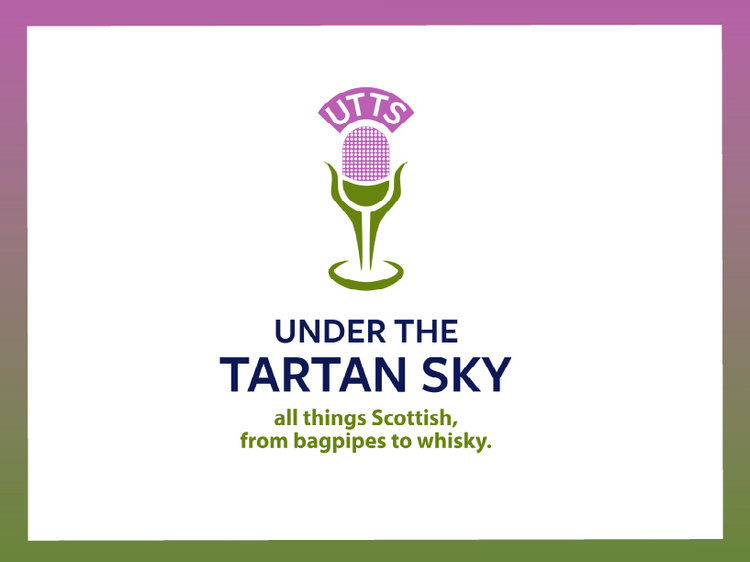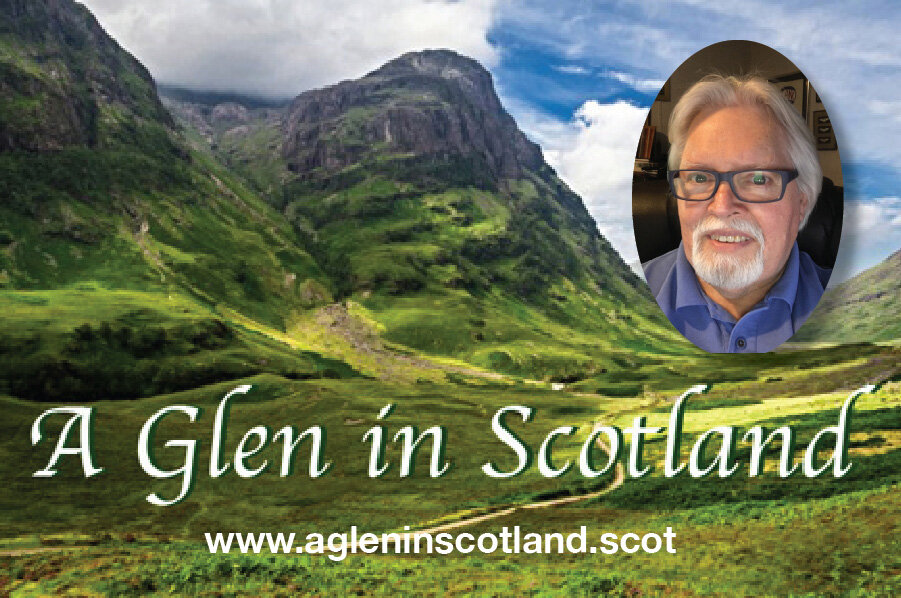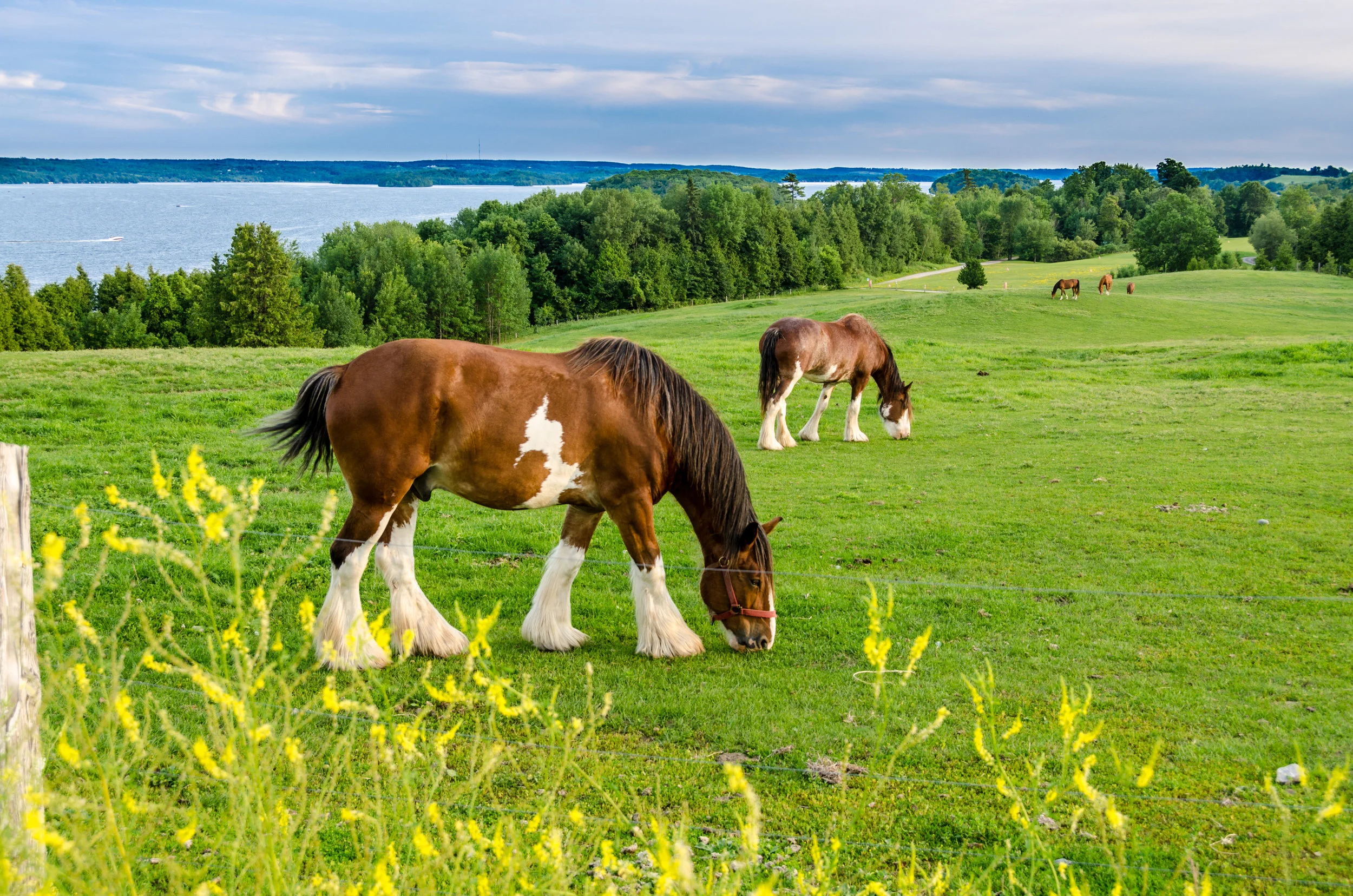They stand 30 meters high, weigh 300 tons each. The Kelpies are very possibly the best known public art sculptures in Scotland. Years in the making, they’re the center piece of the 740 acre Helix eco park where they also guard the canal link that connects the Firth of Forth with the River Clyde. The Kelpies are the work of Scottish sculptor Andy Scott and are just one of his dozens of public and private commissions in Scotland and around the globe.
Andy Scott is a home grown figurative sculptor. He was born and raised in Glasgow and is a graduate of the Glasgow School of Art. Beyond Scotland, his work can be found in locations around the globe, including Ireland, England, and Australia.
His first work, the Heavy Horse, sits alongside the M8 motorway connecting Glasgow and Edinburgh. It’s been estimated as many as 450 million people have seen his tribute to Scotland’s draught horse, the Clydesdales. Yes, for those who don’t know, the Clydesdales are a Scottish breed and worked on the crofts of Scotland and as transport animals, pulling barges along the central belt canals for commerce in industrial Scotland. Hauling a wagon load of beer through various parades in America is by contrast, light duty for these majestic beasts.
The Heavy Horse. Photo courtesy www.andyscottsculptor.com
The Clydesdale is a Scottish breed of draught horse named for their home region of Clydesdale in SW Scotland, now known as Lanarkshire. To many, especially Americans, the Budweiser Clydesdales are the most popular example of these great horses that once pulled barges along Scotland’s canals. Stock photo.
Scott has created more than 70 works of art to date but is best known for the Kelpies, the largest equine sculptures in the world. A Kelpie is a mythical, shape shifting water horse believed to inhabit the lochs and rivers of the Scottish Highlands. Scott’s Kelpies opened to the public in 2014 and, instead of mythical beasts are not surprisingly, also a tribute to, and in fact were modeled, on living Clydesdales. In the 5 years since they opened, the Kelpies have drawn millions of visitors to the Falkirk and Grangemouth area in Scotland’s central belt and contributed millions of pounds to the local economy. They are sculpture superstars.
The Kelpies. Photo courtesy Susanne Arbuckle/www.adventuresaroundscotland.com
Below: A few examples of Scott’s other works, left to right, Stride, Foxy Boy, Lifeline, and Rise. All photos, except Rise courtesy Susanne Arbuckle/www.adventuresaroundscotland.com. Rise courtesy www.andyscottsculptor.com Click on each image to enlarge.
One of Scott’s more recent works has a heartwrenching back story. This sitting baby elephant sculpture is called “Lulla-Bye” and was only recently placed in Edinburgh’s Princess Street Gardens almost directly below the world famous Edinburgh Castle. The sculpture was commissioned in memory of the more than 250 babies and their bereaved parents affected by the Mortonhall Crematorium scandal. For decades parents were told there were no ashes/remains of their children following cremation when they were, in fact, buried in a mass grave. The scandal came to light in 2012 and an investigation later recommended the establishment of two permanent memorials. Scott’s sculpture is one.
Scott says the elephant was selected because “elephants never forget.” He also has said he wanted the sculpture to have the aura of a child’s forgotten plush toy, left behind and dearly missed. The surface of the 4-foot bronze sculpture is also textured in forget-me-not flowers.
Lulla-Bye. Photo courtesy www.andyscottsculptor.com
Scott and his wife now make their home in Philadelphia, Pennsylvania in the USA. Just as so many visit Scotland, fall in love and dream of moving there, the USA had the same effect on the Scotts. They ruled out Chicago as being too cold, New York City as being too expensive, and west coast locations like Los Angeles as too inconvenient for his required continual travels back to Scotland and other parts of the world.
As well known as the Kelpies are in Scotland, Scott says he is sometimes surprised by how few here in the USA are aware of them. While he continues to work on international commissions, he hopes soon to be working on art to be shared with his new adopted homeland, the USA.
For more about Andy Scott and his art, click on the links below.
•Andy Scott’s website
•The Clydesdale Horse: Pride of Scotland (breed history)
•The Mortonhall Crematorium Scandal (a BBC report)
•Following the Andy Scot Sculpture Trail (travel blog)











